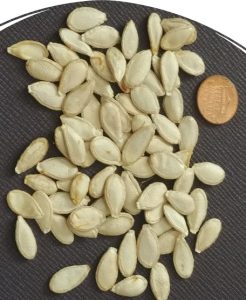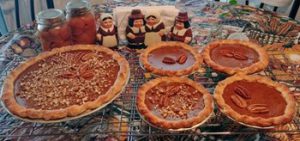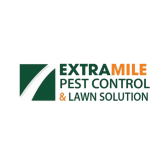
Have you heard that Seminole pumpkins can be grown easily in Polk County? They are not only easy to grow but also make nutritious and flavorful dishes—and to top that off, they’re just plain fun!
Seminole pumpkins are a cultivated variety of Cucurbita moschata. They are touted by many sources as a native plant to Florida. While that is not the case—they came to Florida through Mexico—they are certainly a traditional plant cultivated for food by Florida’s Indigenous peoples. That tradition has been passed down to modern day Floridians’ gardens. These pumpkins are smaller than commonly used large pumpkins associated with Halloween jack-o’-lanterns. Pumpkins used in this way are not cultivated for their food value. However, Seminole pumpkins ARE cultivated for food value, while they also serve as aesthetically pleasing table décor and have months-long countertop storage.
So, what’s the scoop on growing Seminole pumpkins in Polk County?
UF/IFAS recommends the optimal planting time after the chance of frost (March-April). They can, however, be planted other times of the year—just be aware that freezing weather is not tolerated. Seeds can be found online or fr

om local gardeners. One pumpkin produces numerous future seeds. Beyond that, 6-8 hours of sun, adequate water, and “room to roam” are basic requirements.
Seminole pumpkins are open-pollinated, so may cross with other nearby squash or pumpkin plants. This sharing of pollen between cultivars can result in variations of Seminole pumpkins seen online! If you want to prevent cross-pollination with other cucurbits, plant different cultivars a good distance apart. Or, have a “little chat” with your visiting honeybees, which are the chief pollinators of Seminole pumpkins! Good luck with that last bit of advice….
There are three major factors in achieving growing success—pollination, pests, and practices. A female pumpkin flower must be pollinated by a honeybee (or other flying insect) carrying pollen from the male flower to the female flower. After pollination occurs, the tiny ovary of the female flower (appears to be a small pumpkin) still must be fertilized (growth of the pollen granules) so the pumpkin (ovary) can begin to grow! If not, the tiny ovary will wither and fall from the plant. Other issues can include the effects of water, weather, and insect pests. Many pumpkins generally set during favorable conditions. What joy it is to see small pumpkins quickly grow larger!

You can learn to apply practices to minimize problem pests such as nematodes, hungry caterpillars, and mealybugs, and attract beneficial insects to help out during the growing season. Remember, Seminole pumpkins are remarkably tough plants that do well in central Florida landscapes.
Become a Florida gardener and enjoy the fun of Seminole pumpkins!
So many pumpkins—so many tasty menu items to enjoy!
This article was written by Master Gardener Volunteer Carol Leffler under supervision of the Master Gardener Volunteer Coordinator and Residential Horticulture Extension Agent Anne Yasalonis.
For more information, contact UF/IFAS Extension Polk County at (863) 519-1041 or visit us online at http://sfyl.ifas.ufl.edu/polk. The Plant Clinic is open Monday-Friday, 9:00 am-4:00 pm to answer your gardening and landscaping questions. Give us a call, or email us at polkmg@ifas.ufl.edu.
If you are not in Polk County, Contact your local UF/IFAS Extension Master Gardener Volunteer Plant Clinic.
The Florida Master Gardener Volunteer Program is a volunteer-driven program that benefits UF/IFAS Extension and the citizens of Florida. The program extends the vision of the University of Florida/Institute of Food and Agricultural Sciences, all the while protecting and sustaining natural resources and environmental systems, enhancing the development of human resources, and improving the quality of human life through the development of knowledge in agricultural, human and natural resources and making that knowledge accessible.
An Equal Opportunity Institution.

by Anne Yasalonis and polkmg
Source: UF/IFAS Pest Alert



